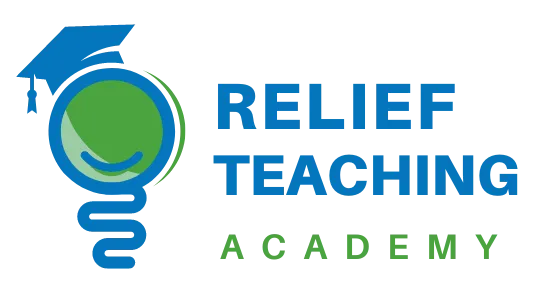Latest Academy Blogs
Select article category or search for specific article:
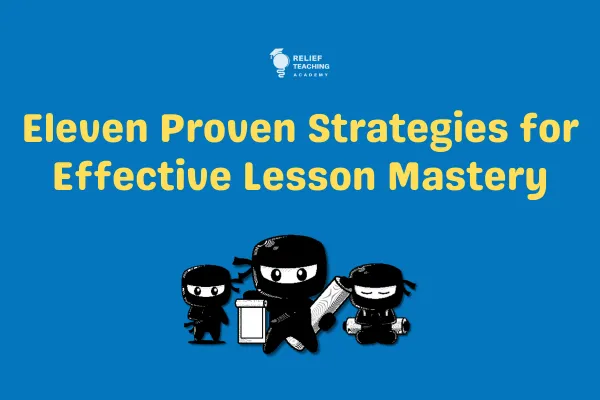
11 Proven Strategies for Effective Lesson Mastery
Lesson Management is the bread and butter for teachers. It is the fundamental indicator of success. The lesson is the equivalent of a carpenter’s hammer.
No teacher leaves university without a comprehensive understanding of lesson design. But in the hustle and bustle of the busy day, it sometimes is not given enough credence.
All else is smoke and mirrors. If you can structure your lessons effectively, then you are well on your way to helping your students achieve results.
#1 Keep the STUDENTS learning through active engagement –
Learning is superficial until the learner is actively engaged. Teaching that emphasizes active engagement helps students process and retain information. It leads to self-questioning, deeper thinking, and problem solving.
Engagement strategies like repetition, trial and error, and posing questions move the brain into active and constructive learning. Such activities can lead to higher student achievement

First, select learning activities that support the content of the instruction and engage students. Here are five steps teachers should follow:
Thoroughly learn/understand the curriculum.
Identify teaching objectives and strategies that engage students and build understanding.
Ask yourself these planning questions:
o What is the goal?
o What order does the teaching need to follow?
o What do the students already know?
o What do I want them to learn?
Prepare the lesson
Construct processing/learning activities that match the concepts, skills, and goals.
To engage students, the teacher must help students draw on their own experiences to build a "scaffold" on which they can "hang" new ideas. When students are actively engaged, they focus on what is being taught and better process new information.
Most effective teaching takes place in "chunks," so it is best to teach new information in 10 minute segments followed by a processing activity.
A processing activity is an activity that causes students to pose questions, manipulate information, and relate the new learning to what they already know. Such engagements reinforce the learning and help move the learning to the long-term memory banks.
A processing activity can be as simple as a 60-second jotting down of the important points just covered, telling your partner three things that you just learned, or expressing something in a song. Other activities include:
Designing a concept map
Creating an outline
Writing a story problem
Making up a different ending to a story
Designing mock trials
Conducting an experiment,
Measuring the length of the hallways with triangles
When students are actively engaged in their learning, they are processing and retaining information and using higher order thinking.
#2 Direct the learning to those who behave badly –
Let’s not turn this into an academic exercise.
Cooperative learning occurs when a group of kids come together to explore or solve a problem by working and learning together. I know a lot of teachers plonk this into the group work category, but it seldom is.
The purpose is to work together to do something that they could NOT do individually. That is why group work is not really cooperative learning. Often time group work fails because it is not structured correctly and has no chance to become cooperative.
What cooperative learning does, when used properly, is ENGAGE the students.
But they need an appropriate task or investigation.
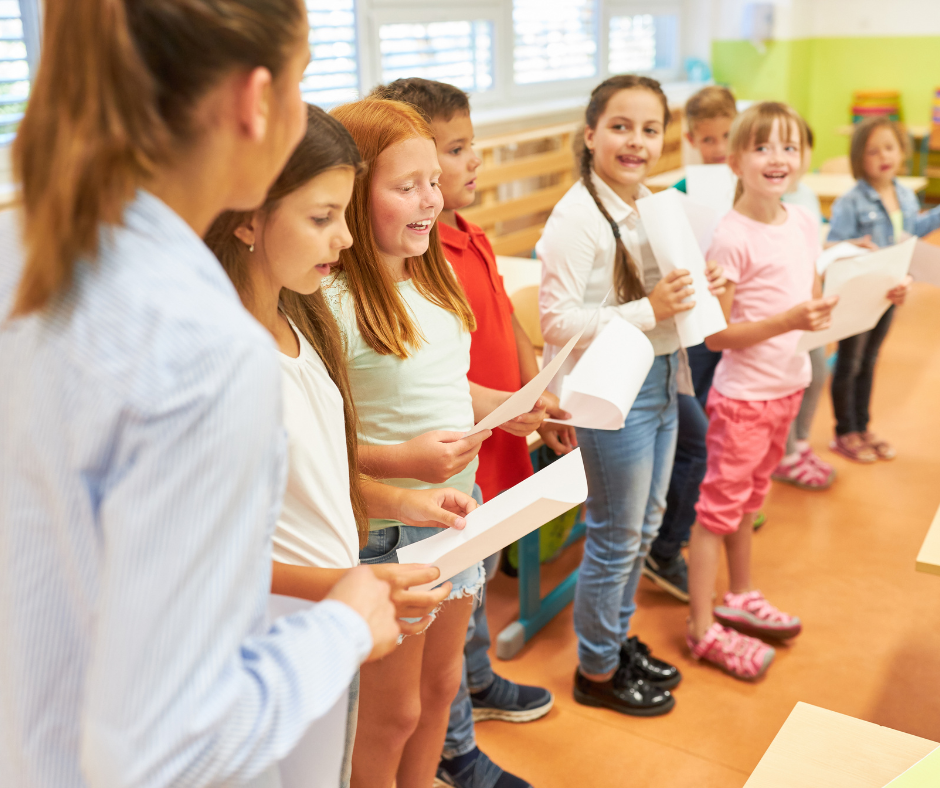
#3 Develop a collaborative Learning Situation –
I’m sure I am going to be disbarred from every academic arena in the country for this.
The academic have argued the semantics about collaborative and cooperative learning for years, and still argument has gone no further than semantics.
Let me keep this simple. I see collaborative learning occurring when the teacher directs the activity without actually knowing where it is going to go.
For example, BRAINSTORMING develops a whole range of ideas and you don’t know what the kids will come up with. Unless of course you simply ADD your own and make THEM the important ones. (I’ve done that plenty of times).
But this is a collaborative approach to learning where the teacher is part of the learning process. I have found that kids engage with this strategy quite well.
After the brainstorming activity, you can set tasks for individual students or small groups and they will feel they own the learning.
#4 Keep a sense of humour –
Kids LOVE IT when they see teachers laugh or smile. Your class will spend more time in your classroom than almost any other single place in their lives.
And sure, teaching is serious business but it is important, usually for your own sanity, that you don’t lose sight of the trees in the forest.
Kids need to see how adults interact. Show them that having a joke and not taking everything SO seriously is important.
#5 Teach on the move –
Teach while walking the classroom. Don’t anchor yourself to the front of the room or your desk.
This enables you to stand beside the recalcitrant students and offer support to students who need it. With my lesson plans and activities on PowerPoint, I control the lesson from anywhere with a laser pointer.
I purchased it on eBay for less than $15. It is the best thing I have ever bought.

#6 Balance the lesson –
Variety is the spice of life - or so the saying goes. I have visited many lessons in my time as a principal.
And in some of these rooms, I find it difficult to stay awake, myself.
Are you boring the brains out of your class?
Stand back and have a good hard look. If you are - add variety. Speed it up, slow it down, add visuals, change the lesson from passive to active, get excited, calm things down – do anything to break up the boredom
#7 Intersperse passive time with activity –
I know I just said that in number 39 but I mean it. Some kids are glued onto their chairs for the whole day. And sometimes day in and day out. Sure, they go out for PE occasionally - but REALLY?
Have a go at standing up. Try talking the answers instead of writing them. Tell the answer to your partner. Show your partner a different way to do something. Teach your friend something he didn’t know before. Make a diorama and interpret a poem.
Anything to get the blood re-flowing. I wonder if you can get DVT in a classroom?
#8 Keep the STORM on the horizon –
There are some times in the classroom where you can feel the tension rise. Just like the onset of a summer storm.
It takes a wise teacher to diffuse any situation when storms are a-brewing.
Storms bring so much collateral damage that it takes a long time to recover.
You have two options. If the heat is rising, you have to decide whether
to put the storm shutters up and weather it out or
to pull up anchor and move to calmer waters.
Me, I prefer to pull up the anchor. So if an activity is creating too much friction, if some of the kids are causing unnecessary angst, I like to move on to something that will lower the temperatures.
I find an activity which is on the floor. A look at me, listening style activity does the trick.
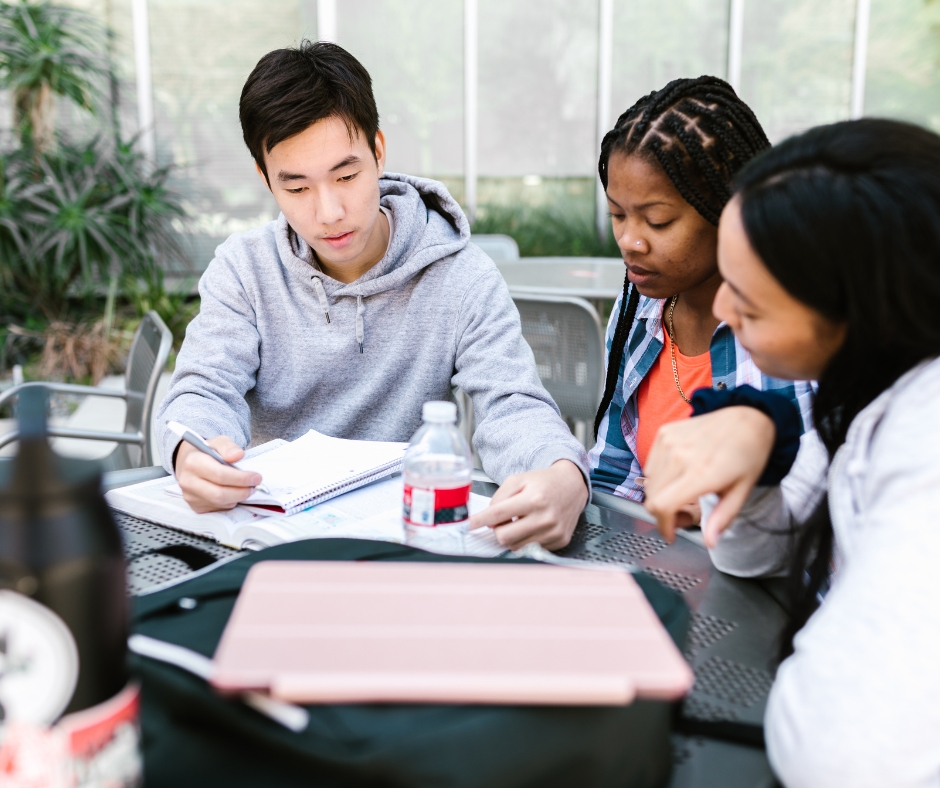
#9 Peer Tutoring –
Use peer tutoring for students who are having difficulty. Students who have mastered the concept could tutor students who don’t.
Students can often explain concepts to other students with relevance. They become the teacher. Set them the goal of having their student pass the test.
They cement their understanding of the concept and improve others

#10 Keep them ON TASK –
One of the greatest challenges for Relief Teacher - or any teacher for that matter - is to keep the kids on task.
Writing is often seen as passive so these strategies will keep your students active and ON TASK.
Each student gets one sheet of paper (say A4) size and they write their name on top.
Select one topic relevant to what they are studying (eg. the Moon)
They start with their sheet and write ONE fact about the moon. (eg. the moon takes a month to orbit the earth).
On YOUR signal they swap their paper to the left and receive from the right. They get a short time to READ and then on YOUR signal they write - but the idea has to be original.
When they get their sheet back they should have 5, 10 or 15 ideas about the moon - depending on the size of the group.
They could then go about checking its accuracy.
You can vary the size of the group, the complexity of the topic, the speed of the rotation.
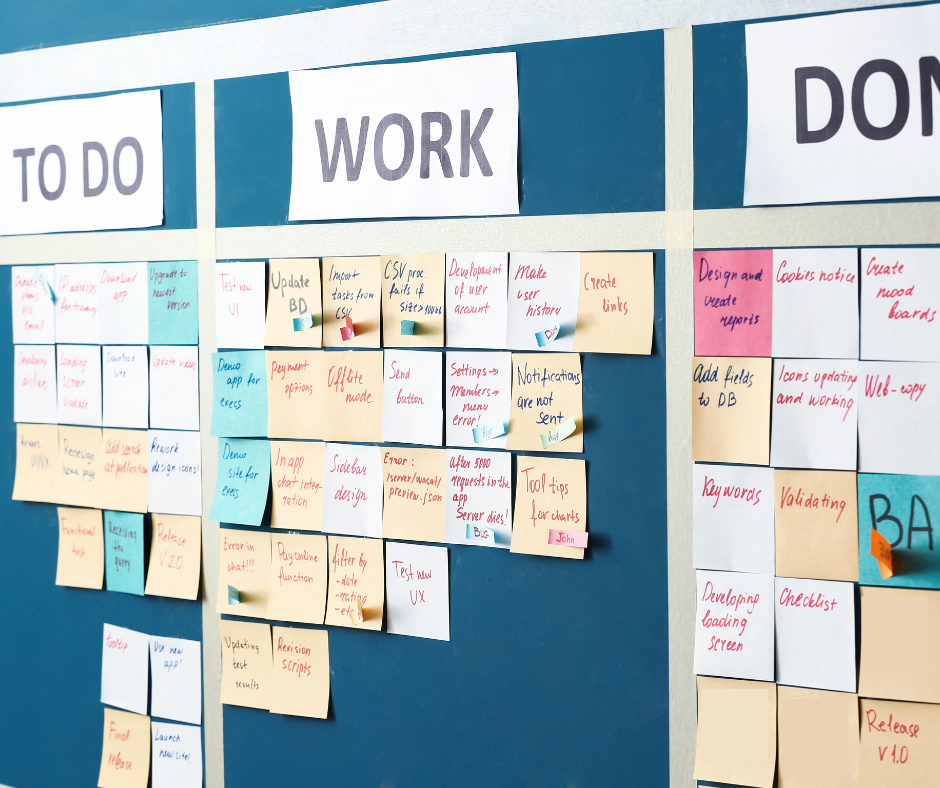
#11 Keep the DAY PLAN visible to everyone –
Keep your daily plan in front of the kids at all times.
This will show the kids that you are organised and that you mean business. A PowerPoint with a hyperlink to the lessons is a great organiser.
Want to learn all the 50 incredible tips to transform your classroom experience?
Click on this link now 👉 50 Effective Teaching Strategies for Casual Teachers

CLICK HERE to find out more about joining the Relief Teaching Academy
Subscribe to get up to date tips, strategies, resources and guidance on all things relief teaching.
Relief Teaching Academy is a service of EPC Capital Pty Ltd.
© Copyright 2023. EPC Capital Pty Ltd. All rights reserved.
Send us a message
